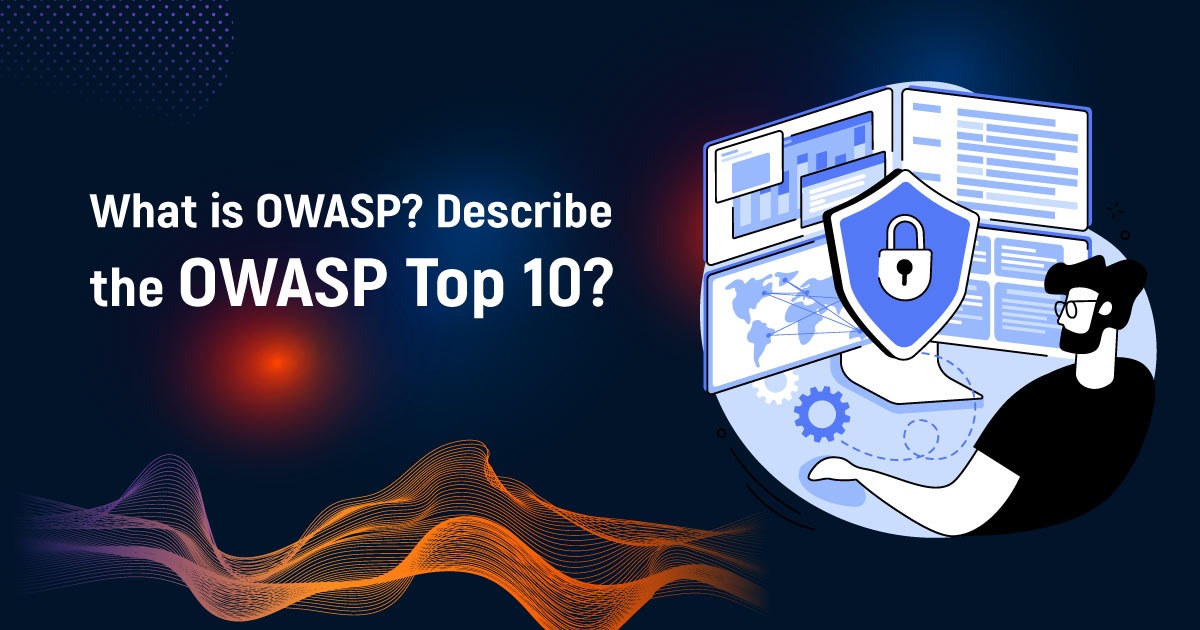Web applications have become an integral part of modern business operations. They enable companies to interact with their customers, employees, and partners in real-time. However, web applications are also vulnerable to security threats such as hacking, phishing, and malware. To mitigate these threats, organizations need to implement security measures, such as the Open Web Application Security Project (OWASP) protection. In this article, we will discuss OWASP protection in detail.
What is OWASP Protection?
Web applications provide a platform for companies to interact with their customers, employees, and partners, enabling them to conduct their operations in real-time. However, web applications are also vulnerable to various security threats such as hacking, phishing, and malware. Therefore, it is essential for organizations to implement robust security measures to safeguard their web applications against these potential threats. One such security measure is the Open Web Application Security Project (OWASP) protection, which provides a set of security standards and best practices that organizations can use to secure their web applications.
OWASP protection includes various security controls such as authentication, authorization, and encryption to ensure that web applications are secure and protected against unauthorized access and data breaches. It also provides a comprehensive guide for testing web applications for security vulnerabilities, known as the OWASP Testing Guide. Additionally, OWASP protection includes the OWASP Top 10, which is a list of the most common web application security risks. By implementing OWASP protection, organizations can mitigate security risks and protect their web applications from potential threats, ensuring that their operations remain secure and uninterrupted.
OWASP Top 10
The OWASP Top 10 is a list of the most common web application security risks. The list includes injection attacks, broken authentication and session management, cross-site scripting (XSS), broken access control, security misconfiguration, insecure cryptographic storage, insufficient transport layer protection, insufficient authentication and authorization, and improper error handling.
OWASP Testing Guide
The OWASP Testing Guide is a comprehensive guide for testing web applications for security vulnerabilities. It includes testing methodologies and techniques, such as black box testing, white box testing, and gray box testing. The guide also provides a list of tools that can be used for testing web applications, such as Burp Suite, ZAP, and OWASP WebScarab.
OWASP Application Security Verification Standard (ASVS)
The OWASP Application Security Verification Standard (ASVS) is a set of security requirements that organizations can use to verify the security of their web applications. It includes three levels of verification, each with a different set of requirements. The standard covers various security controls, such as authentication, authorization, and encryption.
OWASP Secure Coding Practices

OWASP Secure Coding Practices is a set of coding practices that organizations can use to develop secure web applications. The practices include input validation, output encoding, and proper error handling. They also cover secure coding practices for various programming languages, such as Java, .NET, and PHP.
OWASP Web Application Firewall (WAF)
OWASP Web Application Firewall (WAF) is a firewall that organizations can use to protect their web applications from security threats. It includes various security controls, such as access control, content filtering, and intrusion prevention. The WAF can be deployed on-premise or in the cloud.
Conclusion
Web application security is critical for organizations that rely on web applications to conduct their business operations. OWASP protection provides a comprehensive set of security controls, testing methodologies, and best practices that organizations can use to secure their web applications. By implementing OWASP protection, organizations can mitigate security risks and protect their web applications from potential threats.












